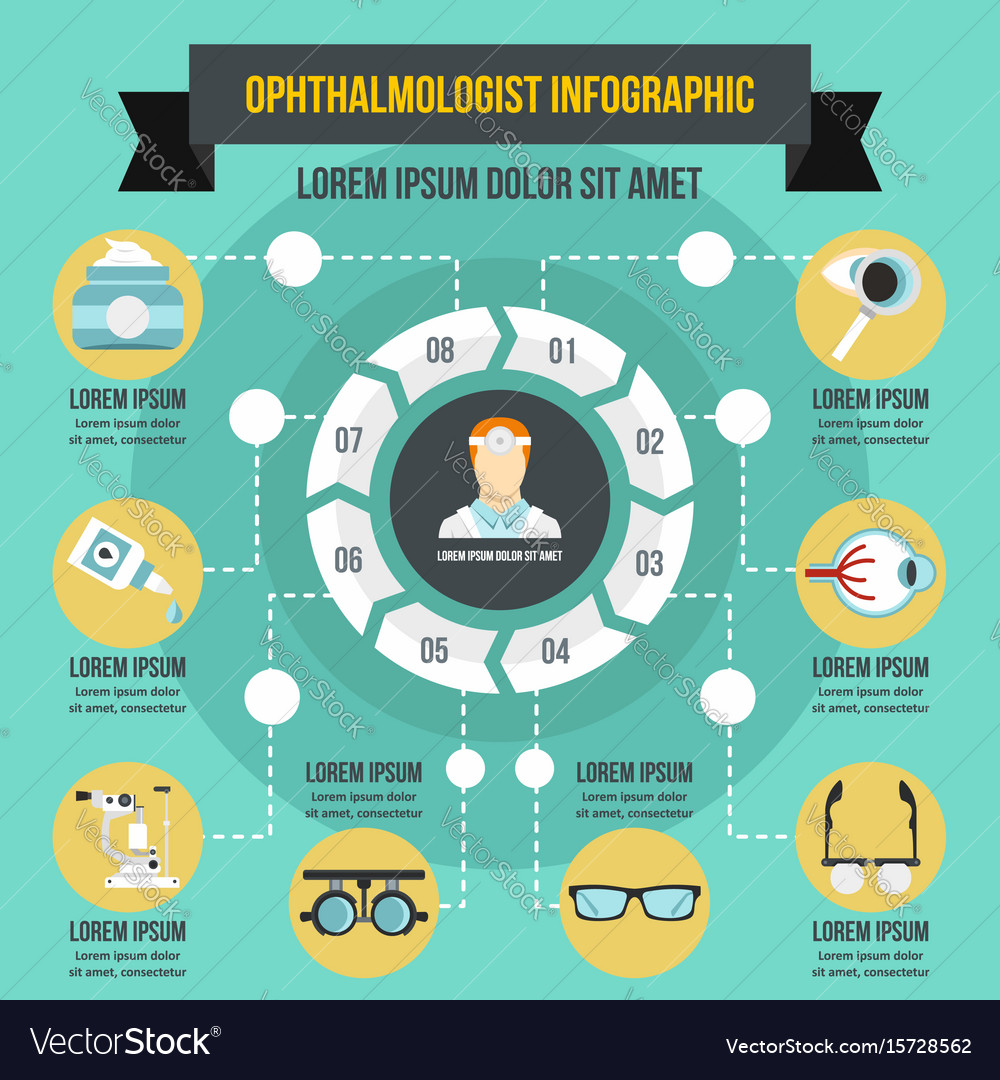Explore The Crucial Differences Between Standard And Laser Cataract Surgical Procedure Approaches To Determine Which Choice Best Suits Your Vision Demands

Post Composed By-Jonassen Kearney
When facing cataract surgical treatment, you could question the differences between standard and laser strategies. Each technique has its very own collection of advantages and disadvantages, influencing your recovery and total experience. Understanding these choices is essential for making an informed decision regarding your eye health. So, what should you think about when picking the appropriate technique for your demands? Let's explore the information further.
Overview of Standard Cataract Surgical Treatment
Traditional cataract surgical procedure, often described as phacoemulsification, is a well-established procedure that successfully brings back vision by removing the cloudy lens of the eye.
Throughout this surgical treatment, your surgeon will certainly produce a small incision in your cornea, permitting access to the lens. Using ultrasound waves, they'll break up the cloudy lens into little fragments, which are then carefully suctioned out.
When the old lens is removed, an artificial intraocular lens (IOL) is dental implanted to restore clear vision. The surgical procedure typically takes less than an hour and is executed under local anesthetic, lessening discomfort.
Afterward, you'll likely see renovations in your vision as your eye heals. You'll need to adhere to post-operative care instructions to make sure optimal recovery.
Advantages and Negative Aspects of Laser-Assisted Cataract Surgery
While many clients benefit from standard techniques, laser-assisted cataract surgery uses distinctive advantages and some downsides worth taking into consideration.
One significant benefit is precision; the laser creates precise lacerations, which can lead to faster healing and decreased danger of difficulties. You might likewise experience less discomfort during the procedure. Furthermore, the laser can separate the cataract more effectively, calling for less energy from the specialist.
However, https://drive.google.com/file/d/1_KDyDSxMDV9OIuFuq3VQ7rzscvuGQ3Fb/view?usp=sharing to evaluate these advantages against possible drawbacks. Laser-assisted surgery commonly sets you back greater than typical approaches, and not all insurance prepares cover it.
In addition, the technology may not be readily available in every center, which might restrict your options. Eventually, you'll intend to go over these elements with your eye treatment professional to identify the most effective approach for you.
Recuperation and Aftercare for Cataract Surgical Treatment
After cataract surgical procedure, whether it was done utilizing typical approaches or laser help, your healing process is necessary for attaining the most effective feasible vision outcomes.
You ought to rest for the first day and prevent strenuous tasks. Keep Learn Even more with sunglasses when outdoors, especially in brilliant light.
It's essential to follow your specialist's instructions pertaining to eye drops and medications; these help prevent infection and minimize swelling.
You may experience light pain or blurry vision at first, however this must enhance gradually.
Go to all follow-up appointments to monitor your recovery progression. If you notice sudden discomfort, raised redness, or vision changes, call your physician quickly.
Complying with these guidelines will sustain a smooth healing and boost your overall results.
Final thought
Finally, selecting between conventional and laser-assisted cataract surgical treatment relies on your details needs and circumstances. While conventional techniques are reputable and effective, laser strategies provide boosted precision and possibly quicker recovery. It's necessary to review your alternatives with your eye care expert to figure out which method fits you ideal. Ultimately, both methods aim to restore your vision and enhance your lifestyle, so you can get back to appreciating your everyday activities.

